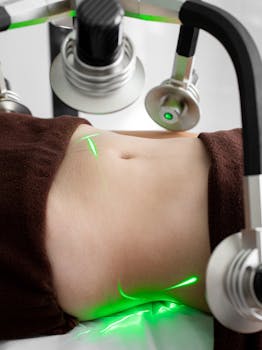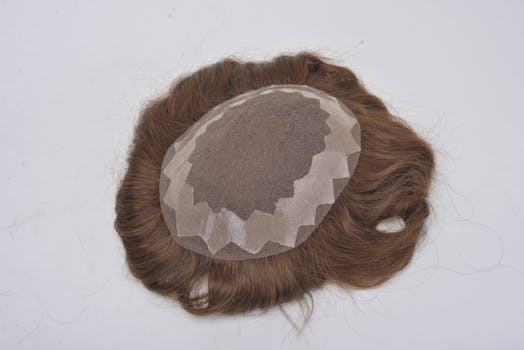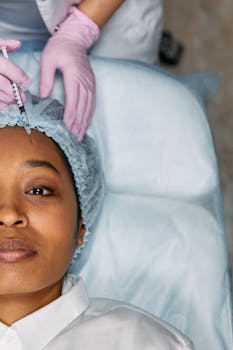Caucasian to Asian Eye Surgery — Benefits, Risks, and Outcomes
Caucasian to Asian Eye Surgery: Pros, Cons, and Results is a phrase patients and clinicians use when discussing elective surgery that alters eyelid shape and fold characteristics. Interest in this type of cosmetic change has risen as people weigh cultural, aesthetic, and identity-related factors. This article explains what the procedure involves, potential benefits and drawbacks, realistic results, and ethical considerations for anyone curious about transforming eyelid features.
What the procedure typically involves
Surgeons approach eyelid alteration with different techniques depending on desired outcomes and the starting anatomy. Procedures may include creation or removal of an upper eyelid crease (double eyelid creation or mono- to double-fold adjustment), epicanthoplasty to adjust the inner corner, and soft tissue manipulation to change eyelid contour. The technical goals are to safely modify skin, muscle, and fat to produce a new eyelid shape with minimal scarring and natural movement.
Pros: Why people pursue this change
- Improved symmetry and perceived youthfulness in some patients.
- Alignment of eyelid appearance with a person’s aesthetic goals or gender expression.
- Correction of functional issues for a small subset of patients, such as redundant skin interfering with vision.
Cons and important risks
All surgery carries risk. Complications specific to eyelid alteration can include asymmetry, scarring, difficulty closing the eye, dry eye symptoms, and dissatisfaction with the aesthetic result. Ethically, surgeons must consider the psychological drivers behind requests for transformation; some patients seek such changes due to external pressure or internalized ideals, which warrants careful counseling.
Comparing anatomy: asian vs caucasian eyelid
Understanding the asian vs caucasian eyelid differences is essential when planning surgery. Typical anatomical differences include variations in the presence and height of an upper eyelid crease, eyelid fat distribution, and the epicanthal fold. A careful preoperative assessment identifies the precise structural changes needed to achieve a safe, harmonious result that respects facial proportions.
Who seeks this — trends and cultural context
Requests for caucasian to asian eye surgery or the reverse reflect complex motives. Some individuals desire eyelid features that align more closely with family heritage or cultural identity; others pursue changes for fashion, perceived beauty standards, or gender-affirming reasons. Controversially, phrases such as white people asian eye surgery appear in social discourse, reflecting both fascination and critique of cultural appropriation. Providers should offer nonjudgmental counseling and prioritize informed consent.
Recovery and realistic results
Recovery usually involves swelling and bruising for one to three weeks, with gradual softening and settling of the eyelid crease over several months. Scar visibility is minimized by strategic incision placement and careful technique. While photos can illustrate potential outcomes, surgeons must set realistic expectations: the result is a modified natural eyelid, not a perfect imitation of any single ethnic group.
Choosing a surgeon and ethical practice
Select a board-certified oculoplastic or facial plastic surgeon experienced in eyelid contouring across diverse anatomies. Discussion should include alternatives, non-surgical options, and potential psychosocial implications. For reliable medical background on eyelid surgery techniques and safety, review a clinical overview such as this blepharoplasty overview on Wikipedia.
It’s also helpful to research other cosmetic procedures and recovery expectations; for a general patient-focused resource on related elective surgeries, see this internal reference: descriptive anchor text.
Making an informed decision
Decide only after multiple consultations, psychological reflection, and a clear understanding of risks and recovery. Consider trialing non-surgical changes (makeup, styling) first to test how different eyelid appearances affect your self-image. If you proceed, document preoperative goals and ensure your surgeon provides detailed aftercare instructions and realistic photographic examples of expected results.
- Practical takeaway: Prioritize experienced, board-certified surgeons with a track record in diverse eyelid anatomy.
- Practical takeaway: Weigh aesthetic desires against potential risks and the cultural/ethical implications of altering ethnic features.
- Practical takeaway: Recovery can take weeks to months—plan time off and realistic expectations for final results.
FAQ — Will the surgery change my vision?
Most eyelid contouring procedures do not affect vision long-term. Temporary blurry vision from swelling or ointments is common immediately after surgery. Rarely, extensive tissue removal can affect eyelid closure and tear distribution; this is why experienced surgeons aim to preserve function while altering appearance.
FAQ — Can someone reverse the changes later?
Reversal is difficult. Some revisions can soften or approximate the original anatomy, but scar tissue and altered anatomy often limit complete reversal. Patients should consider the permanence of changes before proceeding.
FAQ — Are results identical across ethnicities?
No. Individual anatomy, skin thickness, and healing patterns vary, so results differ even among people pursuing similar goals. Surgeons tailor techniques to each patient rather than offering a one-size-fits-all outcome.






